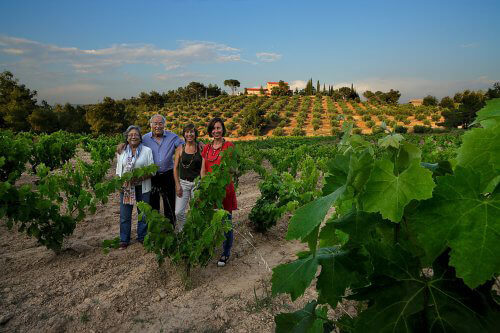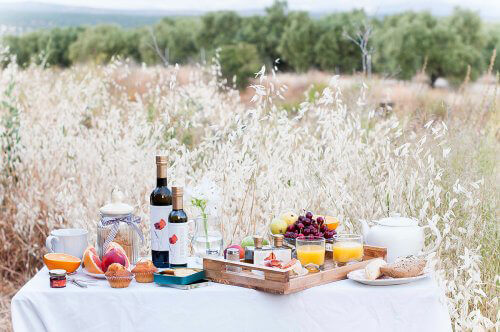Facts and foklore
|
The elder is an ancient hedgerow plant native to Britain. Steeped in mystery and superstition, a number of properties have been attributed to this plant, with its frothy masses of white flowers producing black berries. |
|
The elder was long regarded as a sacred plant, protected by the Elder Mother who lived in its trunk. Many country folk would not cut or burn the wood for fear of upsetting her. Moreover, the elder was thought of as a protective tree – it was believed to keep evil spirits from entering the house if grown outside the door. Elders were also said to protect people from lightning when they sheltered under them from a storm, because legend has it that Christ’s cross was made from elder wood. And if you want see fairies, all you need to do is stand under an elder tree on Midsummer’s Eve, but be careful not to fall asleep, because they’ll carry you off ! Elders are also thought to have medicinal properties, and every part of the plant – bark, leaves, flowers and berries – has been used in domestic medicine since the days of Hippocrates (who used elderflowers to encourage vomiting and purging). Medieval herbalists used the roots as a diuretic, the bark to hasten labour and the berries to soothe piles. Brewed elder bark also makes an excellent medicine for mothers after childbirth to soothe pain and replenish energy. The renowned herbalist Maud Grieve recommended an elderflower infusion as a traditional remedy for colds and throat trouble. It’s also reputed to combat hay fever – something that Pev, general manager of Belvoir Fruit Farms, swears by. |



